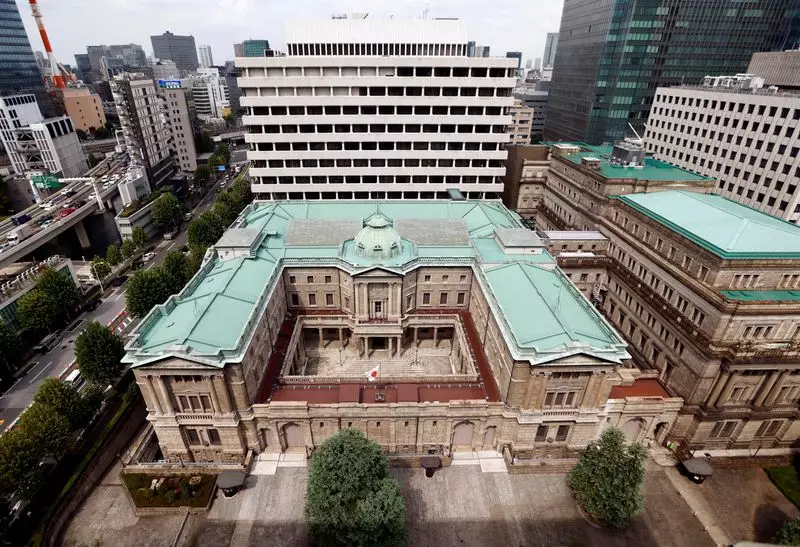The Bank of Japan is facing increasing pressure to raise interest rates to at least 1%, according to hawkish policymaker Naoki Tamura. This call for a specific target is a bold move by the BOJ, indicating their determination to continue with monetary tightening. Tamura believes that pushing up short-term borrowing costs is necessary to sustainably achieve the BOJ’s 2% inflation target. This shows a shift in mindset within the central bank, as it was the first time a BOJ official publicly mentioned a specific figure for the target interest rate.
Japan’s Economic Outlook
Tamura highlighted that Japan’s economy is moving towards achieving the 2% inflation goal, improving the likelihood of reaching this target sustainably. He also mentioned that Japan’s neutral interest rate is estimated to be around 1%, indicating that this level is crucial for neither cooling nor stimulating the economy. Therefore, pushing the short-term policy rate to at least 1% is deemed necessary to support the price goal set by the BOJ.
The timeframe for the BOJ’s current growth and inflation forecast spans from 2024 to 2026, effectively ending in March 2027. Tamura suggested that the central bank should adjust its rate hikes so that short-term borrowing costs would reach around 1% by the latter half of this three-year period. This timeline implies that rates could hit 1% as early as October 2025. However, Tamura emphasized that the path and pace of monetary support adjustments were not predetermined, indicating a cautious approach in raising rates gradually and monitoring their impact on economic activity.
Inflation Risks and Policy Decisions
Tamura expressed concerns about the heightened risk of inflation, particularly as labour shortages drive firms to increase wages and raise prices. This inflationary pressure creates a sense of urgency for raising interest rates at the right timing and in multiple stages. The BOJ’s decision to abandon negative interest rates and increase short-term rates to 0.25% earlier in the year reflected their confidence in the economy’s progress towards achieving the inflation target. Governor Kazuo Ueda’s readiness to raise rates further if inflation remains around 2% alongside solid wage gains further underscores the central bank’s commitment to its goals.
Despite recent volatility in financial markets, the BOJ is expected to maintain its rates at the next meeting on September 20. However, a majority of economists polled by Reuters anticipate further tightening by the end of the year. This indicates a divergence in views between market expectations and current policy decisions. Tamura’s stance as one of the most hawkish members of the BOJ board underscores the ongoing debate within the central bank regarding the appropriate timing and pace of interest rate adjustments.
The call for raising interest rates to 1% by BOJ policymaker Naoki Tamura highlights the evolving monetary policy landscape in Japan. The emphasis on achieving the 2% inflation target sustainably and addressing inflation risks through gradual rate hikes portrays a cautious yet determined approach by the central bank. As economic conditions and market expectations continue to evolve, the BOJ faces the challenging task of balancing its policy decisions to support economic growth while maintaining price stability.

